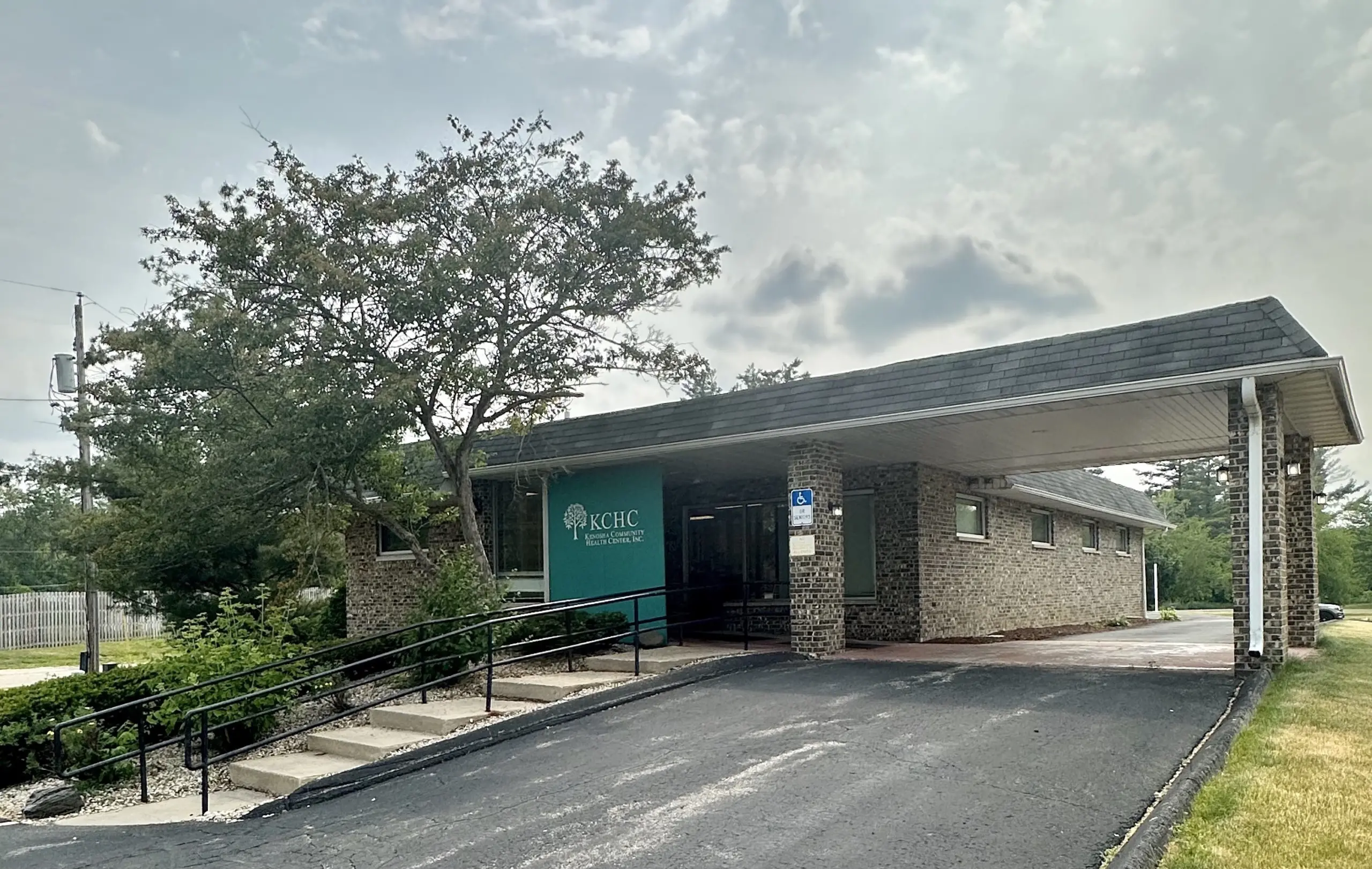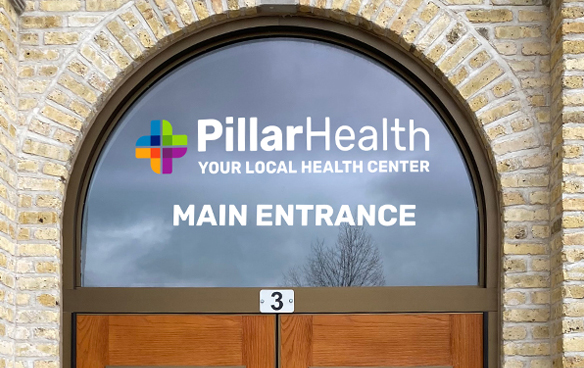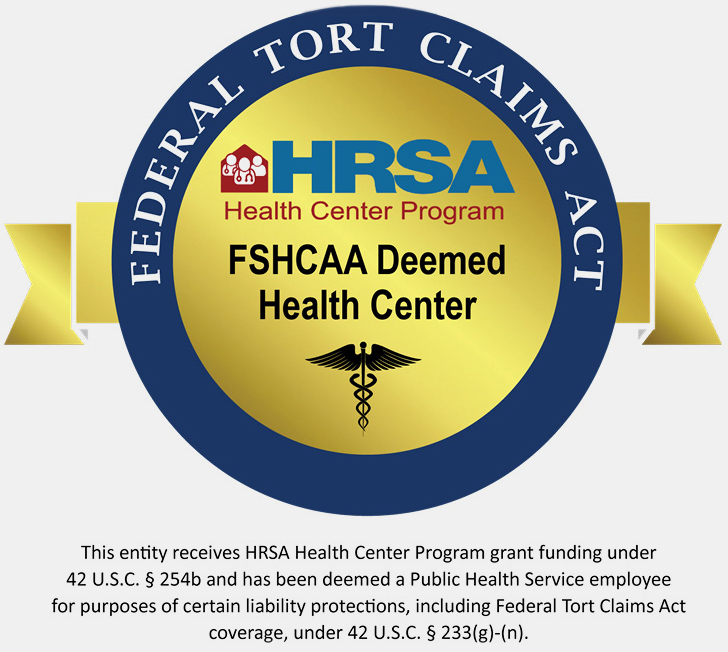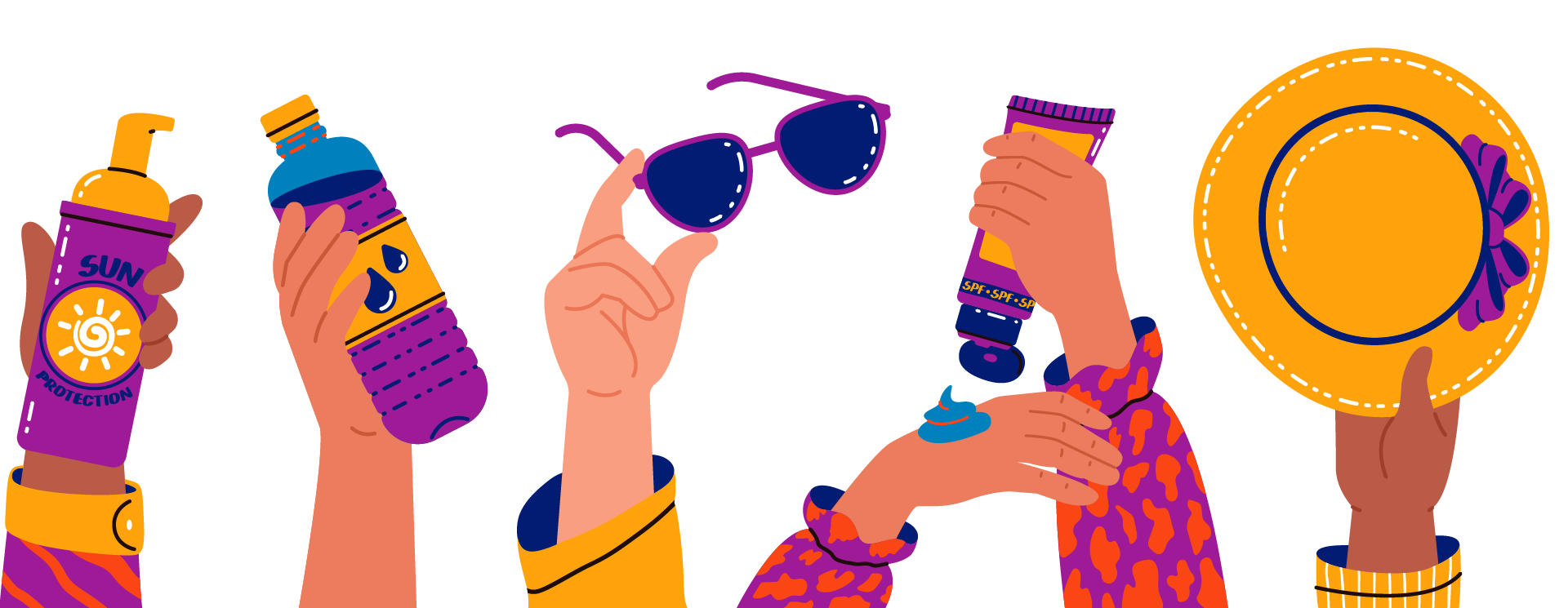
Julio es el Mes de la Seguridad UV: Pilar Health y el Centro de Salud Comunitario de Kenosha le recuerdan la importancia de proteger su piel del sol.
Con el verano en pleno apogeo, pasar tiempo al aire libre es parte de la diversión, pero también es cuando su piel está en mayor riesgo. Tanto si trabaja al aire libre como si disfruta de la playa o simplemente pasea al perro, unas sencillas medidas pueden ayudarle a prevenir daños a largo plazo.
El cáncer de piel sigue siendo el más frecuente en todo el mundo, y los nuevos casos han aumentado aproximadamente un 42% en la última década , según la Skin Cancer Foundation y la American Cancer Society. Sólo en 2025, se espera que en Estados Unidos se diagnostiquen 104.960 nuevos casos de melanoma invasivo, que causarán más de 8.400 muertes, según la Melanoma Research Alliance. A escala mundial, más del 80% de los casos de melanoma se atribuyen a la radiación ultravioleta (UV), según datos del Centro Internacional de Investigaciones sobre el Cáncer (CIIC) de la Organización Mundial de la Salud y Skcin.
Una preocupación creciente es el fuerte aumento del melanoma entre las mujeres menores de 50 años, una tendencia respaldada por estudios recientes cubiertos por Axios y la Skin Cancer Foundation. Aunque la concienciación está mejorando, los esfuerzos de prevención avanzan a un ritmo menor. Además, una investigación publicada en The Guardian ha puesto de relieve las diferencias de género en la localización de los melanomas: alrededor del 40% de los melanomas en los hombres aparecen en el torso, mientras que el 35% de los melanomas en las mujeres se encuentran en las piernas. Estas tendencias apuntan al papel del comportamiento, la exposición al sol y la elección de la ropa en el riesgo de melanoma.
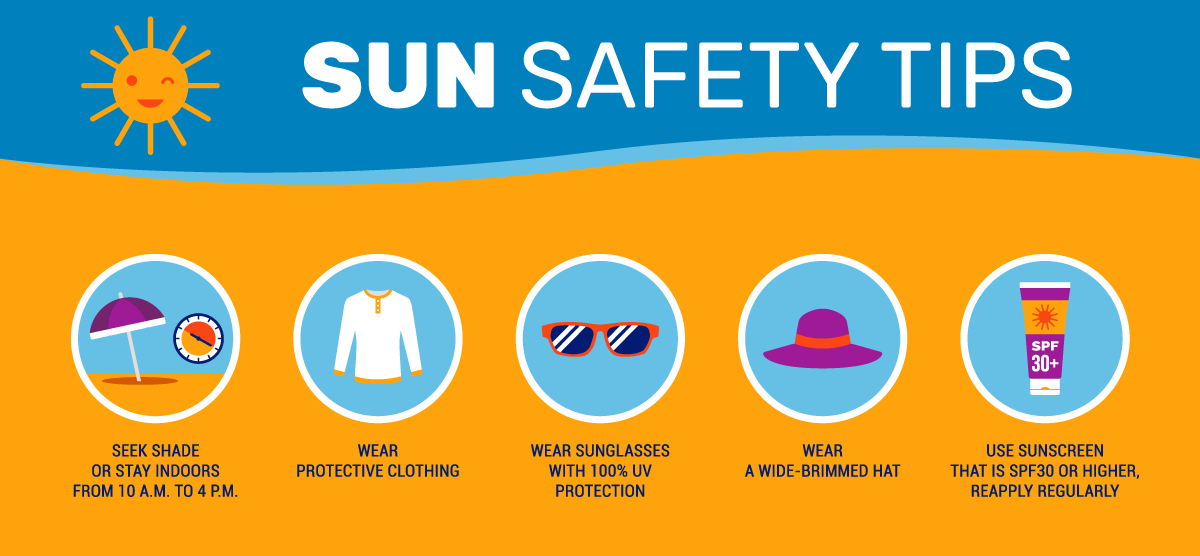
Cómo afectan el color de su piel y su herencia a la protección solar
Julio es el Mes de la Protección Solar, y aunque todo el mundo necesita proteger su piel de los dañinos rayos UV, no todas las pieles responden al sol de la misma manera. El tono de tu piel y tu herencia pueden influir en tu vulnerabilidad al daño solar y al cáncer de piel. Esto es lo que debes saber en 2025:
Tono de piel y protección solar:
Piel más clara: Las personas con piel más clara tienen menos melanina, el pigmento que ofrece cierta protección contra los rayos UV. Esto las hace más propensas a las quemaduras solares, el envejecimiento prematuro y un mayor riesgo de desarrollar cáncer de piel. Si tienes la piel clara, es fundamental que utilices un protector solar de amplio espectro con FPS 30 o superior, que lleves ropa que te proteja del sol, gafas de sol y que busques la sombra, especialmente entre las 10 de la mañana y las 4 de la tarde.
Piel más oscura: Las personas con piel más oscura tienen más melanina, que proporciona algunaprotección natural, pero no la suficiente para evitar el daño solar. Aunque el riesgo de quemaduras solares puede ser menor, el cáncer de piel puede seguir apareciendo y a menudo no se detecta hasta fases más avanzadas. Es importante utilizar protección solar a diario, concentrarse en una aplicación uniforme (especialmente alrededor de la nariz, los labios y las orejas) y vigilar los cambios sutiles de la piel..
Según la Skin Cancer Foundation, las tasas de supervivencia del melanoma en personas de piel más oscura son más bajas, en gran parte porque suele diagnosticarse más tarde.
Patrimonio y salud de la piel:
Antecedentes genéticos: La ascendencia puede influir en la respuesta natural de la piel a la exposición solar. Las personas cuyas familias proceden de regiones cercanas al ecuador -como África, el Sudeste Asiático o Latinoamérica- pueden tener una piel más adaptada a la luz solar. Sin embargo, esto no elimina la necesidad de protección diaria. La exposición prolongada al sol puede provocar arrugas, manchas oscuras y mayor riesgo de cáncer.
Preocupaciones comunes por patrimonio:
- Individuos de Descendencia europea pueden ser más propensos a las quemaduras solares, las pecas y los primeros signos de daño solar.
- Los que tienen Herencia africana, hispana o asiática pueden ser más propensos a experimentar hiperpigmentación, queloideso melanoma en zonas menos evidentescomo debajo de las uñas o en las plantas de los pies.
Cuándo acudir al médico
Si nota algo diferente o preocupante en su piel, no espere. Pida cita porque un diagnóstico precoz puede mejorar significativamente los resultados. Pillar Health y Kenosha Community Health Center ofrecen evaluaciones completas de la piel, consultas médicas y derivaciones a especialistas para ayudar a identificar los problemas a tiempo y proporcionar una atención personalizada.
Si usted o un miembro de su familia necesita ver a un proveedor médico por favor llámenos al 262-656-0044 para programar una cita.
Lo que hay que tener en cuenta:
No importa el color de su piel, la detección temprana es clave. La Academia Americana de Dermatología recomienda hacer auto chequeos mensuales y buscar:
- Lunares o manchas nuevos o inusuales
- Cambios en el tamaño, la forma o el color de lunares existentes
- Llagas que no cicatrizan
- Picor, sensibilidad o sangrado persistentes
- Manchas oscuras bajo las uñas (sobre todo en personas con tonos de piel más oscuros)
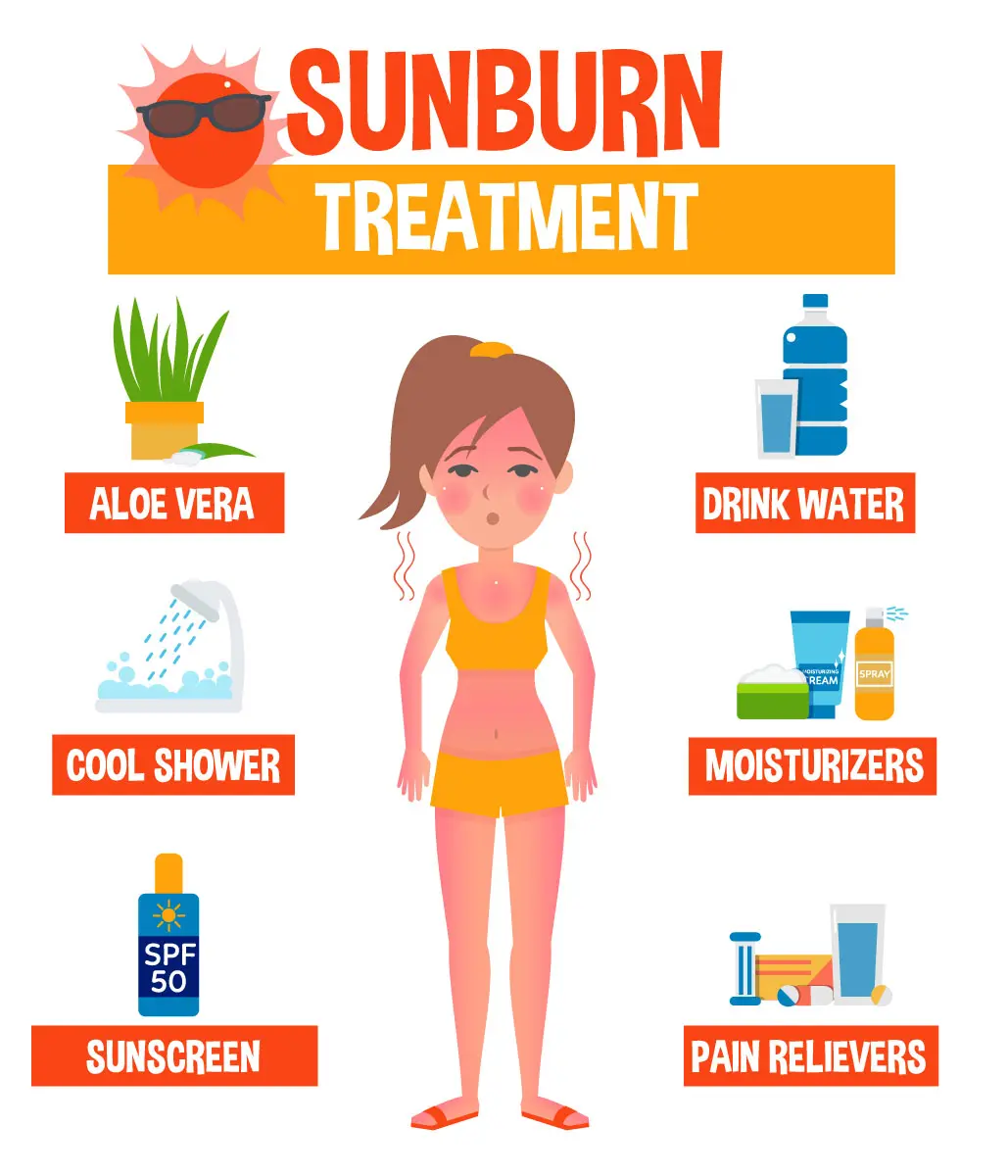
No espere para programar su cita.
Kenosha Community Health Center tiene muchas opciones de citas en Kenosha y Silver Lake para satisfacer sus necesidades.
Haga una Cita



